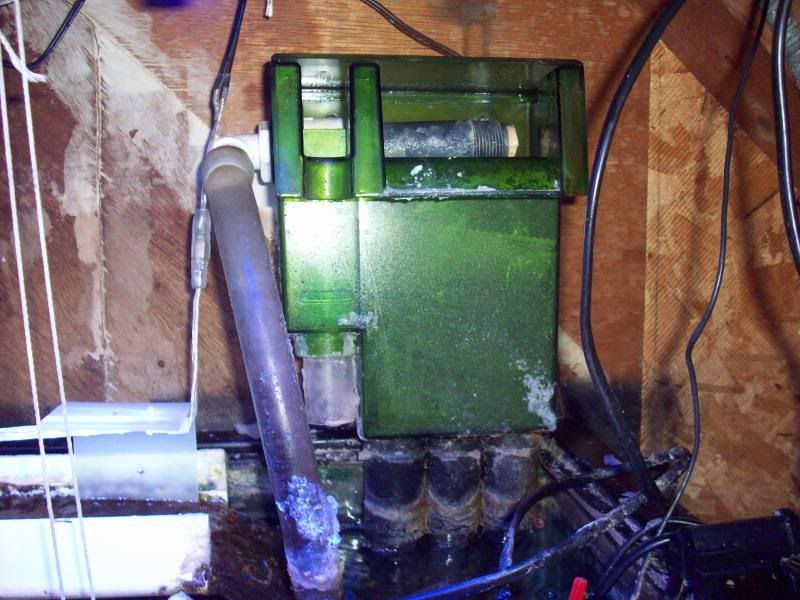When I had FW tank I used underavel filter. I keep Oscar and feed the earthworms sometime. The ones that escaped their fated live in the under gravel filbert and reproduced in the gravel. This system was stable and never crashed. The earth worm actually keep the filter clean.
When I started to keep marine tank, I start out with under gravel filers with dolomites. It did not crashed on me but I used canister filter. Eventually I decided it would run better with reverse filter and plumbed it so.
I got hold of a few bristle worms and added them to the substrate and got a population going. It was perfect. Never crash and the filter never clots up. That is the advantage of reverse flow. Prior to send it through the substrate, if it get particle filtration the filter would last forever, especially if you get some sand bed creatures to eat what little organic fall on to it.
When I started to keep marine tank, I start out with under gravel filers with dolomites. It did not crashed on me but I used canister filter. Eventually I decided it would run better with reverse filter and plumbed it so.
I got hold of a few bristle worms and added them to the substrate and got a population going. It was perfect. Never crash and the filter never clots up. That is the advantage of reverse flow. Prior to send it through the substrate, if it get particle filtration the filter would last forever, especially if you get some sand bed creatures to eat what little organic fall on to it.














